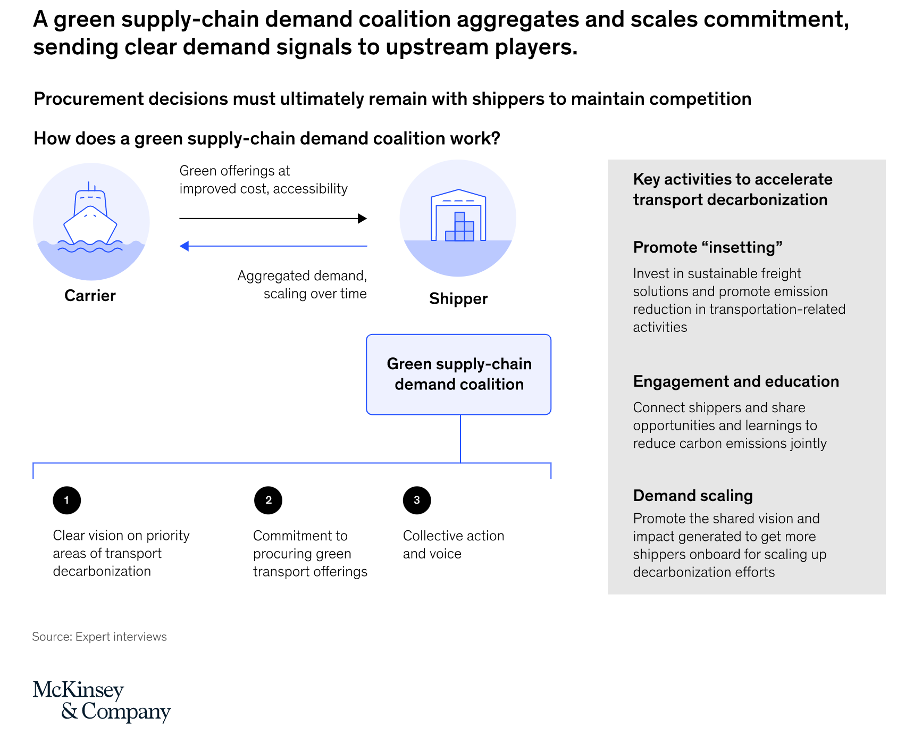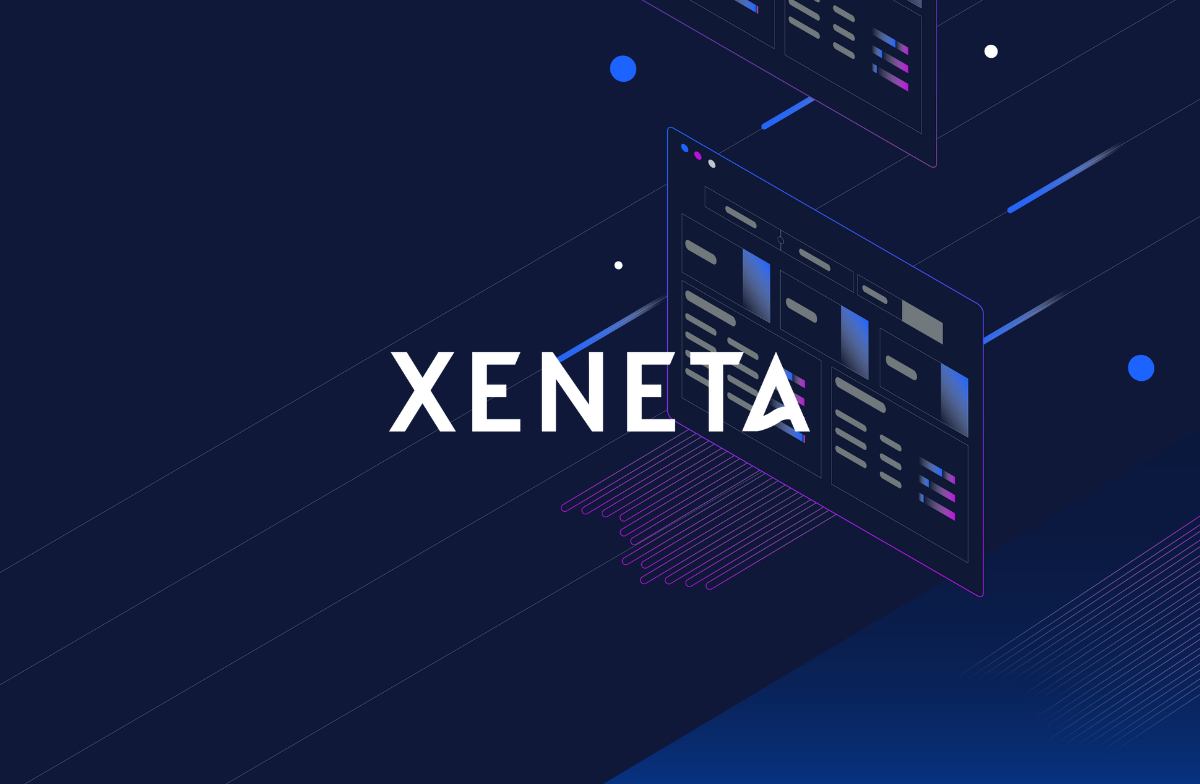As a freight industry professional, do the abbreviations EEXI, SEEMP or CII ring any bells? If not, you are in for a surprise as we move into the New Year. On 1st January 2023, the IMO is set to adopt revisions and add to its initial 2020 strategy to drastically cut the ocean shipping industry's greenhouse gas emissions (GHG).
These new regulations aim to reduce total GHG emissions from global shipping by at least 40% by 2030 compared to 2008 levels. Vessels will need to meet a specific Energy Efficiency Existing Ship Index (EEXI), have an enhanced Ship Energy Efficiency Management Plan (SEEMP) that lays out the vessel's energy efficiency improvement steps, and determine a Carbon Intensity Indicator (CII) rating scheme. (Source)
The global supply chain has been historically stressed over the past two years by continuous global congestion and disruptions. These challenges have drastically impacted freight rates and schedule reliability, both of which are now recovering but still nowhere near pre-pandemic levels. Now, as we head into 2023, inflation and teetering economies all over the world are negatively impacting consumer demand—another pill ocean and air freight shippers will have to swallow.
With these disruptions affecting the bottom line of entire industries, it’s easy to lose focus on the bigger picture. Still, we cannot ignore the much larger problem of GHG emissions that the world has been facing since well before the pandemic.
Especially for businesses that use ocean freight, the clock is ticking to integrate greener approaches into their supply chain strategies.
More than simply following regulations to stay compliant, carriers, forwarders and shippers all stand to gain a competitive advantage by infusing sustainable processes into their overall freight buying & selling strategies.
As we all know (and aided by a recent report from McKinsey), shippers, forwarders and carriers have a huge role to play in accelerating decarbonization. But due to obvious conflicting factors, it can be difficult for these parties to collaborate toward green solutions.
Some shippers are willing to pay a premium for access to green supply chain products and services. One consumer survey indicated that 57 percent of respondents are willing to pay an extra 10 percent, or more, for eco-friendly shipping and packaging. Shippers are aware that their consumers have this desire and must aim to meet that demand. However, carriers are hesitant to invest in lower-carbon assets and infrastructure without visible long-term demand from shippers.
Even with carriers’ interest in low-carbon solutions, adding a few green assets to their fleet will not add enough value to the shippers who would pay for it, as the vessel may not be available when needed. This is why a scaled-up commitment to decarbonization from the demand side is needed in addition to the regulations.
This approach is especially relevant now in light of IMO 2023.
"If industry-wide participants reported to one standard, this would enhance the credibility and comparability of different sustainable programs and lower participants' cost in validating the legitimacy of their emission-reduction initiatives." (Source)
However, no such standard exists today, as maintaining a transparent data source is not first priority, and independent data sources are very hard to come by. Most input comes from carriers even when submitted to third parties, who then compile the data for shippers.
Data found on carriers' websites is based on their own data and is also tricky to compare against each other. For example, CMA, MSC and Hapag Lloyd all show CO2 emissions per TEU on their websites. However, it is impossible to compare them as they use different assumptions and don't cover the same scope of emissions.
- One covers well-to-wake emissions—all CO2 emitted from when the oil is drilled out of the well until it is burnt by a vessel's engine—whereas the others only cover emissions from the actual burning of fuel on a ship.
- Some assume a 100% utilization factor, while others assume a 70%
This gap will remain until there is appropriate demand to implement better solutions. Carriers will not invest in long-term sustainable solutions if there is no visible commitment from shippers to buy green.
The demand for such solutions is becoming a top priority for many companies across industries that are setting emission-reduction goals and targets. According to the research conducted by McKinsey, “more than 1,400 companies have set science-based targets as of May 2022. (A target is considered to be science-based if it is consistent with the level of decarbonization required to keep the global temperature increase within 1.50C to 20C).”
“The number of these companies increased at an annual pace of 119 percent between 2017 and 2021, 96 percent of which have targets covering Scope 3 emissions (indirect value-chain-related emissions for a particular shipment’s transportation).” (Source)
In 2020, the CDP explored the mitigation approach implemented by supply chain businesses to uncover the gap between environmental efforts and available solutions - "Transparency and environmental action is rising – but progress is uneven and is not being cascaded through the supply chain."
The report stated that more than 1,000 companies are now working to reduce Scope 3 emissions, and 94% of companies with science-based targets include details on how they'll accomplish it. Namely, just "37 percent of suppliers are taking action and engaging with their own suppliers, down from 39 percent in 2019." (Source)
So, the question remains—what other actions are needed for carriers, forwarders and shippers to work in coalition to build sustainable solutions?
McKinsey's report also offered a peek into one possible solution of delegating first responsibility to shippers, who can fund the cost of investment required for the 'transport decarbonization.'
“Supply-chain focused coalitions—covering multiple transport modes—would greatly reduce complexity, enabling shippers to participate in decarbonization efforts. They would also allow visibility of different projects and highlight opportunities to direct funds more efficiently across projects.” (Source)

Transparency in your supply chain is the way forward...
In addition to the above, we know that with technology and access to readily available industry data, there is scope to develop a solution that offers full control to shippers and forwarders in proactively choosing a greener carrier in their procurement process.
This will immediately motivate carriers to research and invest in more fuel-efficient vessels and sailing methods, as well as cleaner fuels. For example, in April 2021, Salesforce announced that its supplier contracts now require suppliers, including logistics partners, to set carbon-reduction goals and deliver products and services on a carbon-neutral basis. (Source)
It is high time to break the cycle of data-less freight procurement strategies, particularly in the face of an environmental crisis.
For what was once an extremely opaque, volatile industry, Xeneta and other data providers have proven the power of transparency in freight pricing.
We now aim to make the same transformative impact by clearly communicating the carbon emissions of carriers. The 'Carbon Emissions Index' (launching soon) will help our customers compare and track carrier performance in terms of carbon intensity to encourage a more sustainable freight buying/selling process. The product has been developed without any input from carriers and with factual data from Xeneta partner, Marine Benchmark, ensuring the resulting analytics are 100% reliable in freight tendering.
While the long-term effects of IMO 2023 are yet to be seen, both shippers and forwarders must, in the short term, turn to data and technology to invest in greener routes and include the emissions of their suppliers in their own carbon accounting. Every small step towards building greener supply chains counts.
Register below to learn more about the Carbon Emissions Index.







